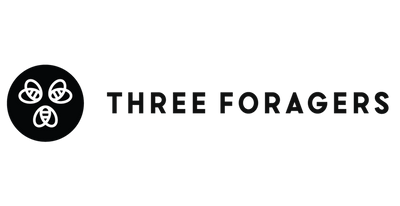

· By Three Foragers
Why A Bee-Less World Would Mean More Than Just No Honey
It’s thought that seventy, of the one hundred crops that feed 90% of the world’s population, are pollinated by bees. Without bees, our diets would be 70% less diverse.
Greenpeace calculate that 75% the delicious crops on this planet rely on pollinators
What is a pollinator?
Something, such as an insect, that carries pollen from one plant or part of a plant to another
(Cambridge Dictionary definition)
Getting down to the nitty gritty, these are just a few of the foods we would have to live without if there were no more bees.
Apples
Cherries
Blueberries
Lemons
Limes
Avocado
Broccoli
Onions
Eggplant
Cucumber
Pumpkin
Almonds
In some parts of the world, bee populations have declined so much that it has severely affected crops. Heavy pesticide use and loss of habitat has led to a decline in bees in areas of Southeast China. As farmers in the area can’t rely on bees naturally pollinating their orchards, they are having to hand pollinate their crops with a paintbrush.
The silver lining is that some crops rely on wind pollination rather than pollinators like bees. So in the terrible, terrible scenario that bees were no more, we would still have some foods to eat like wheat, rice and corn. While we wouldn’t starve, we would get far fewer nutrients and our plates would be very beige!
It’s not just our plates that would be lacking colour in a bee-less world. All the beautiful flowers that are in bloom now, would struggle to flourish without bees.
To make sure our country’s bees remain healthy and able to create lots of raw honey for both themselves and us, you can provide them with plenty of pollen and nectar to eat by planting some bee-friendly wildflowers in your yard. If your yard is full of flowers already, share your photos with us on Facebook!
